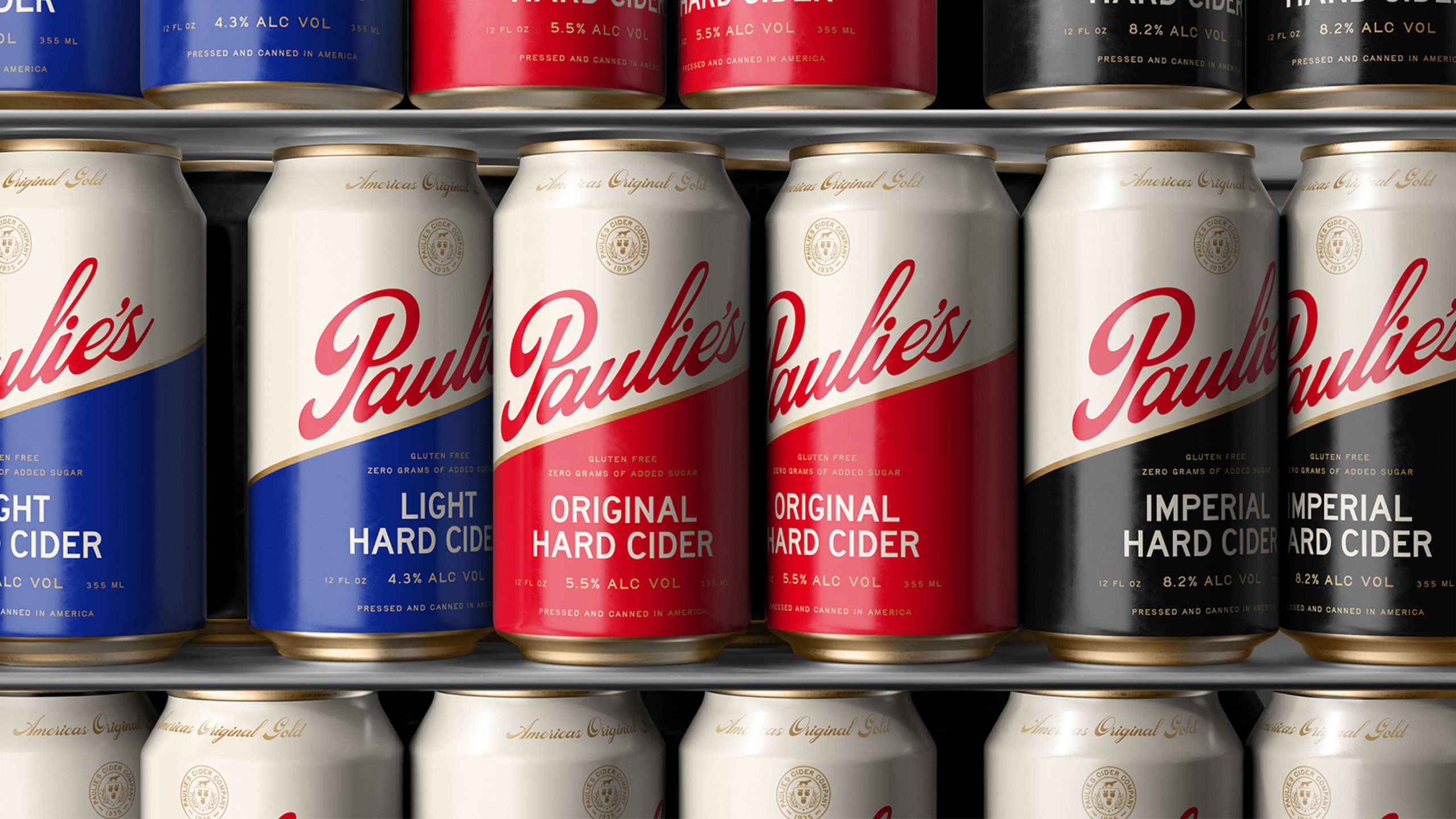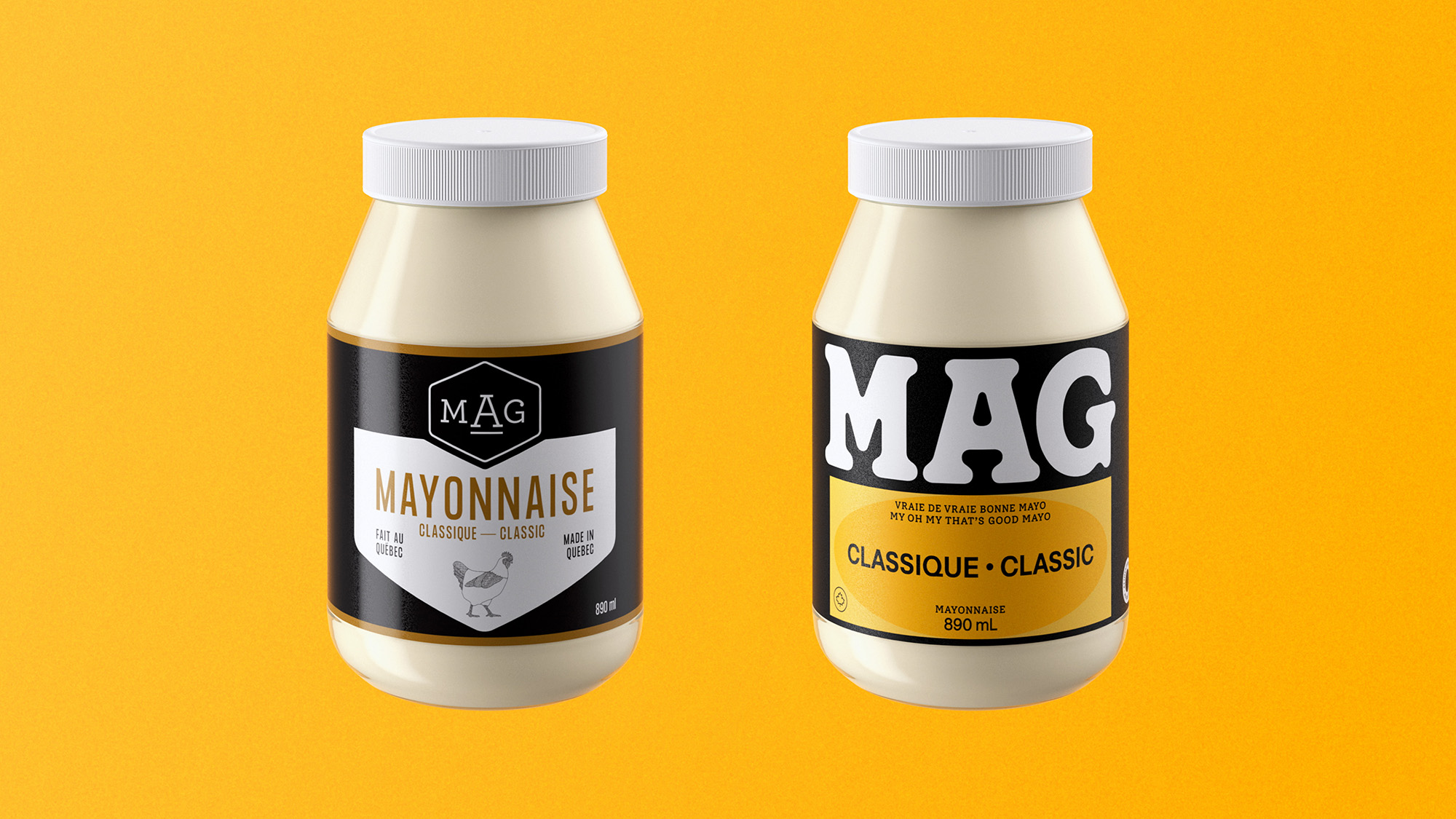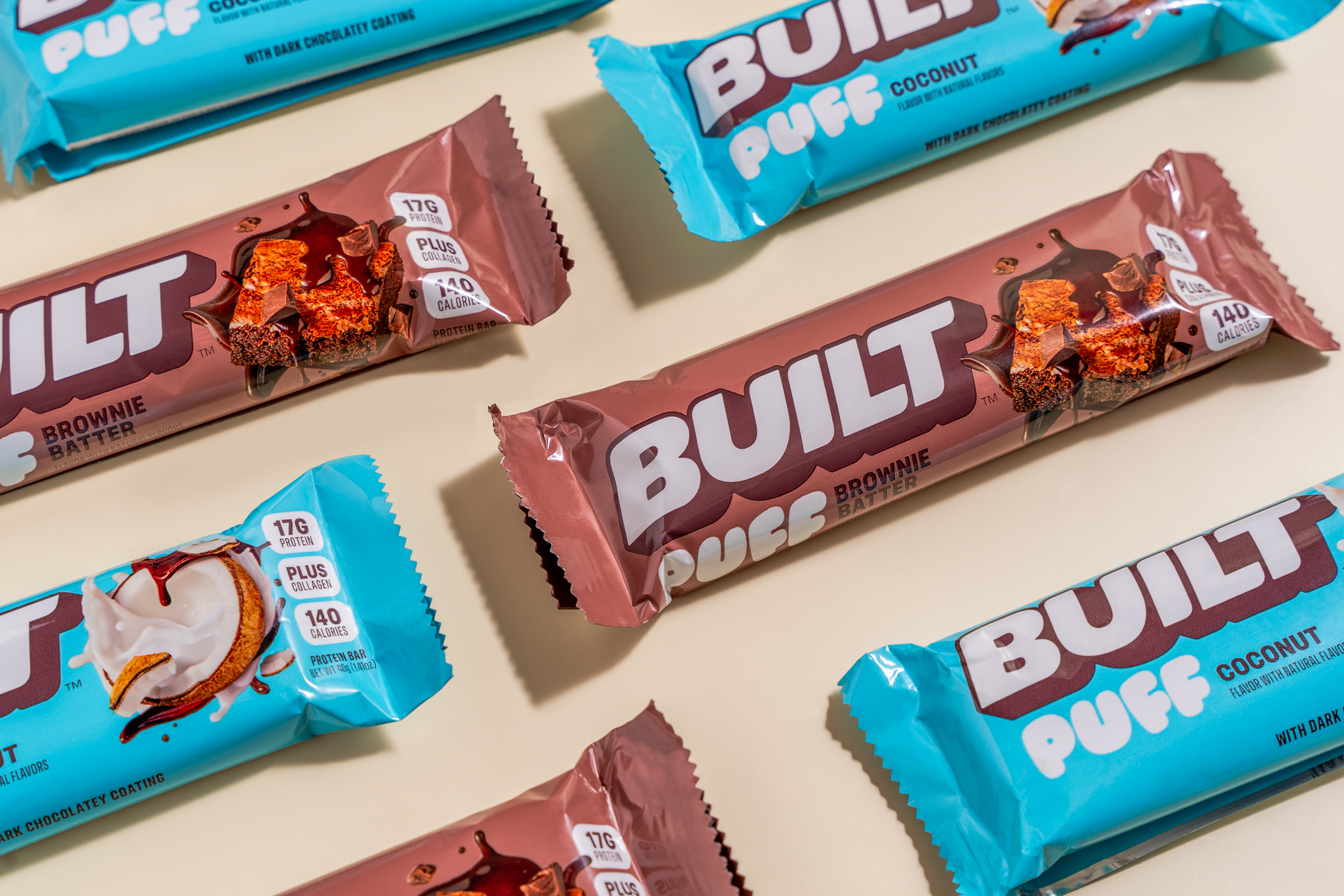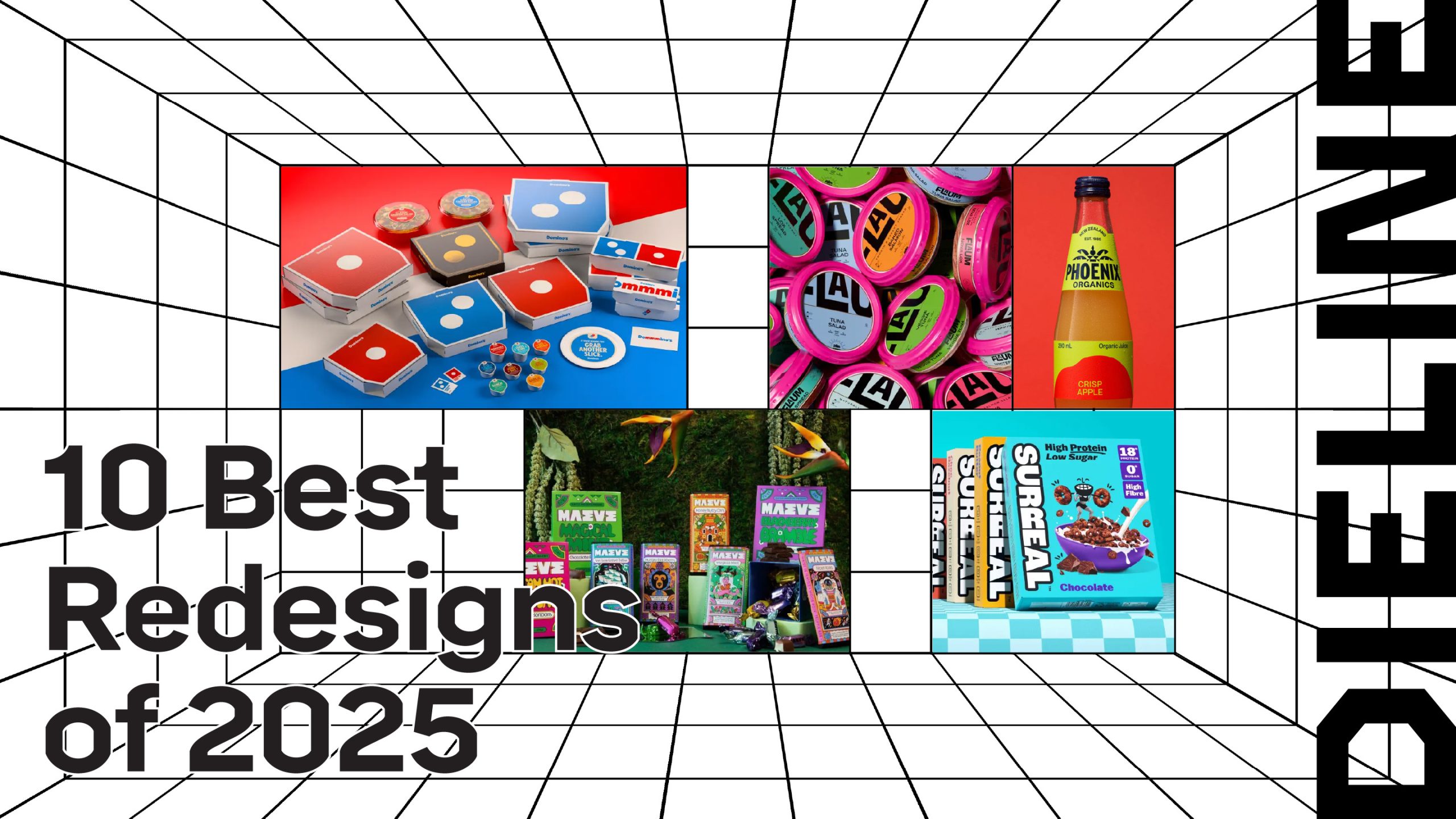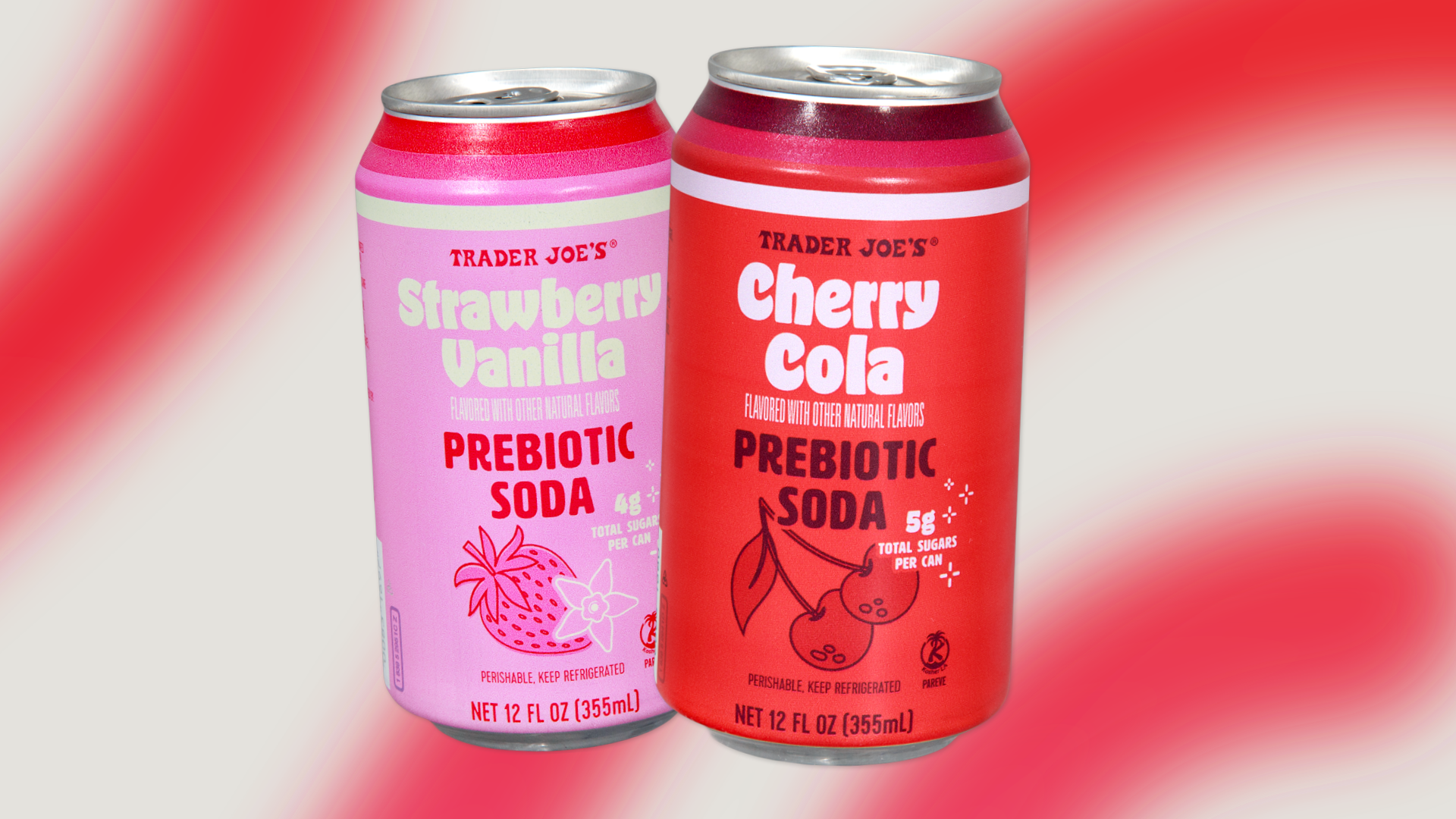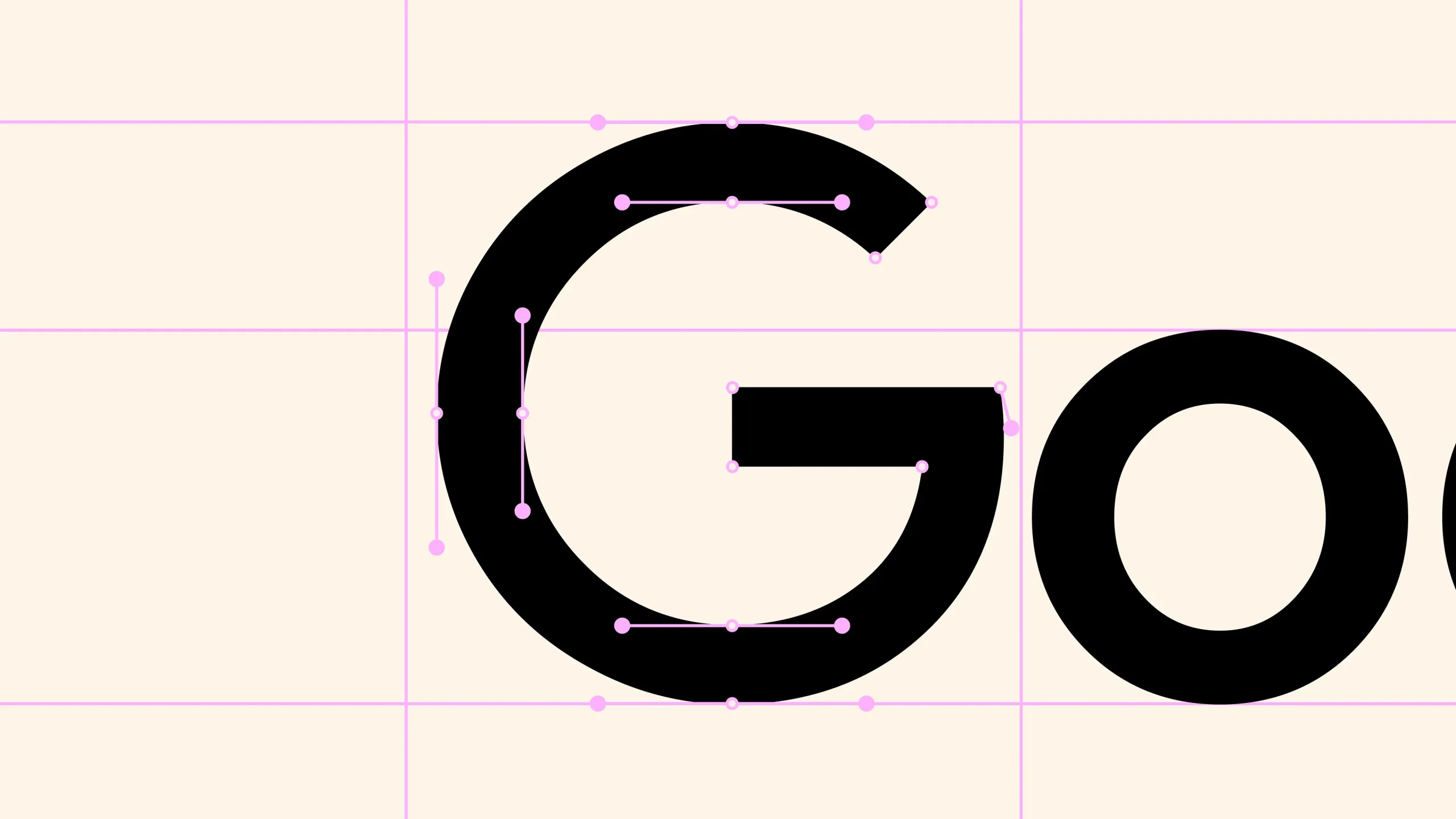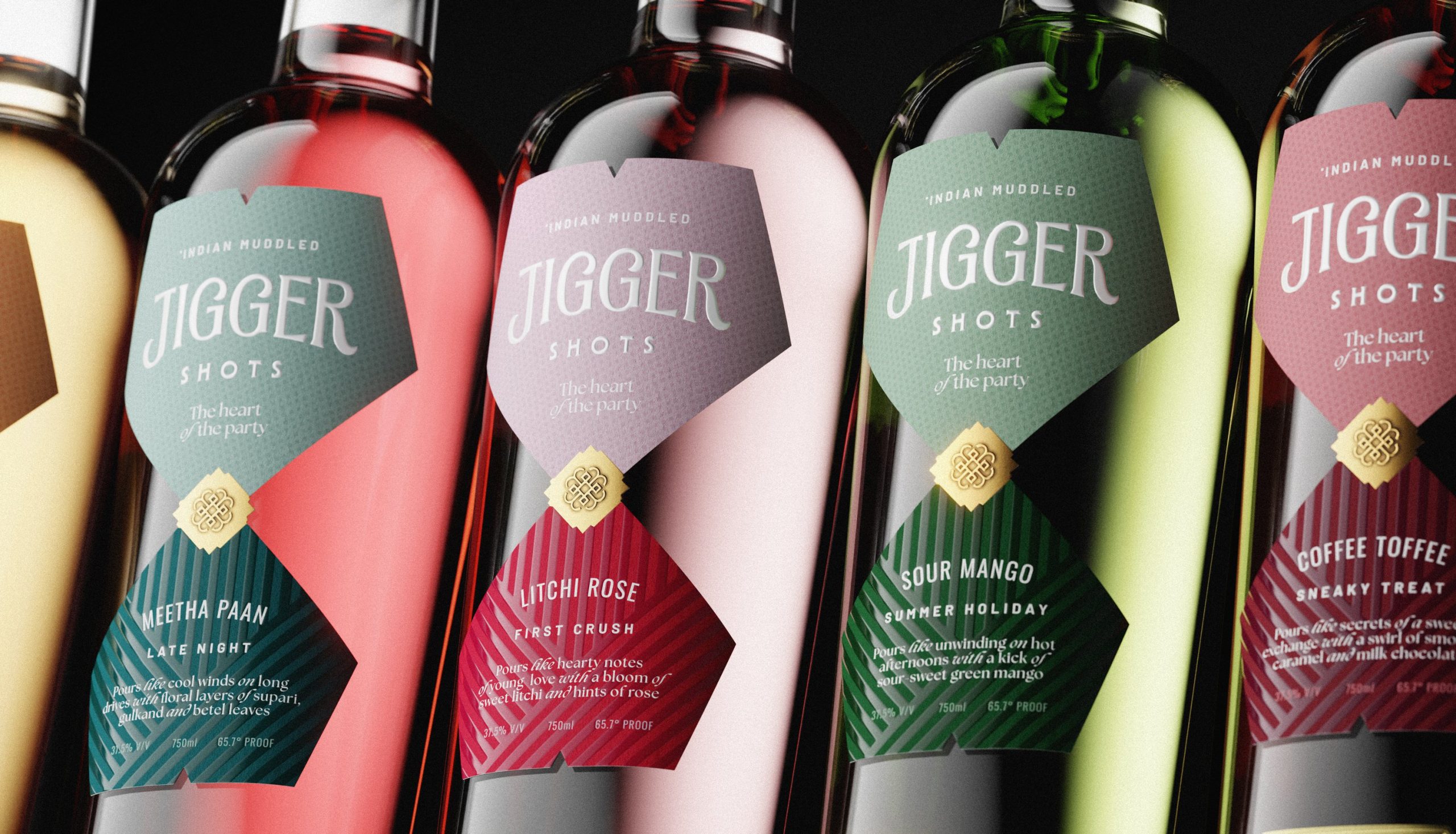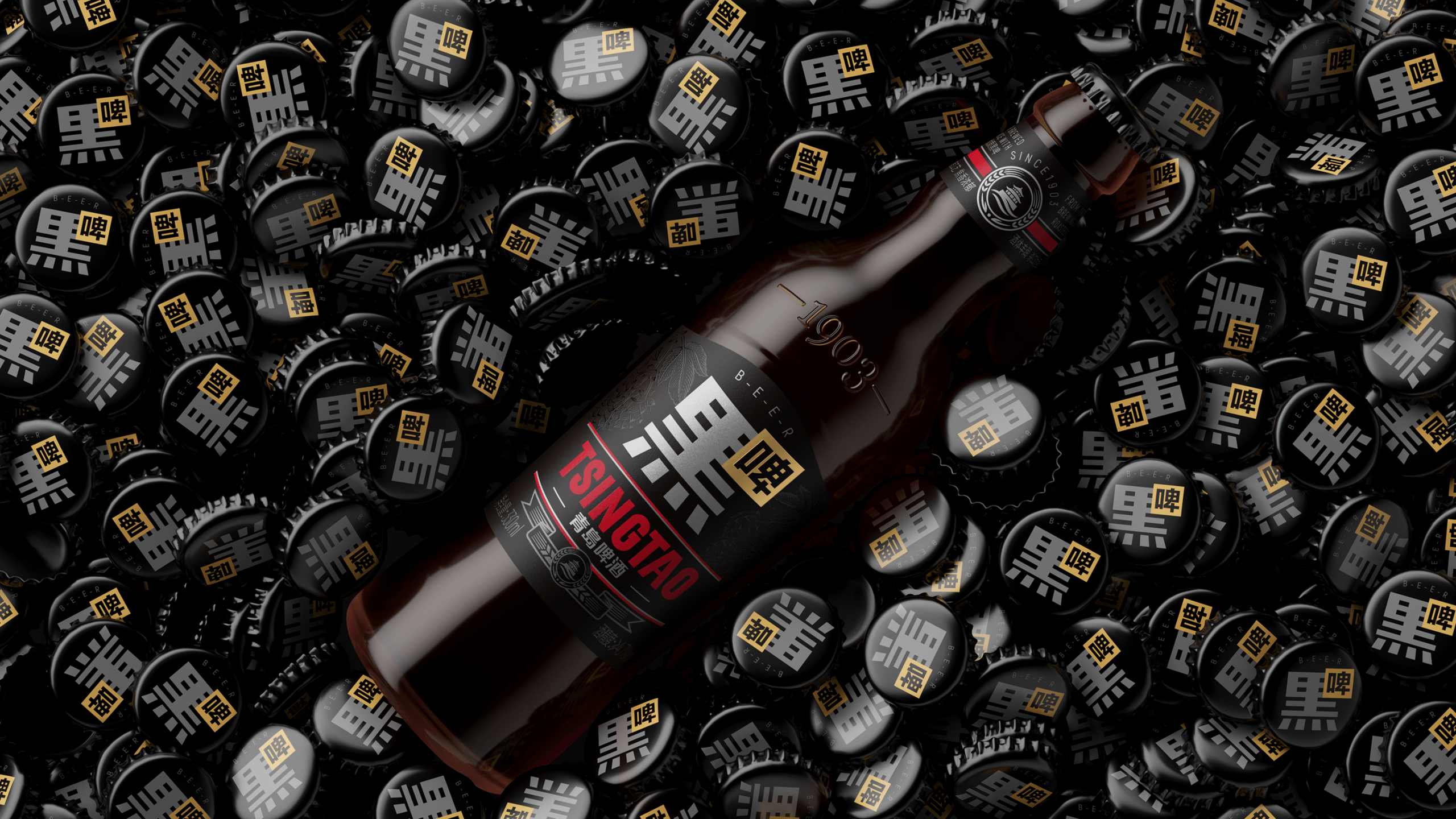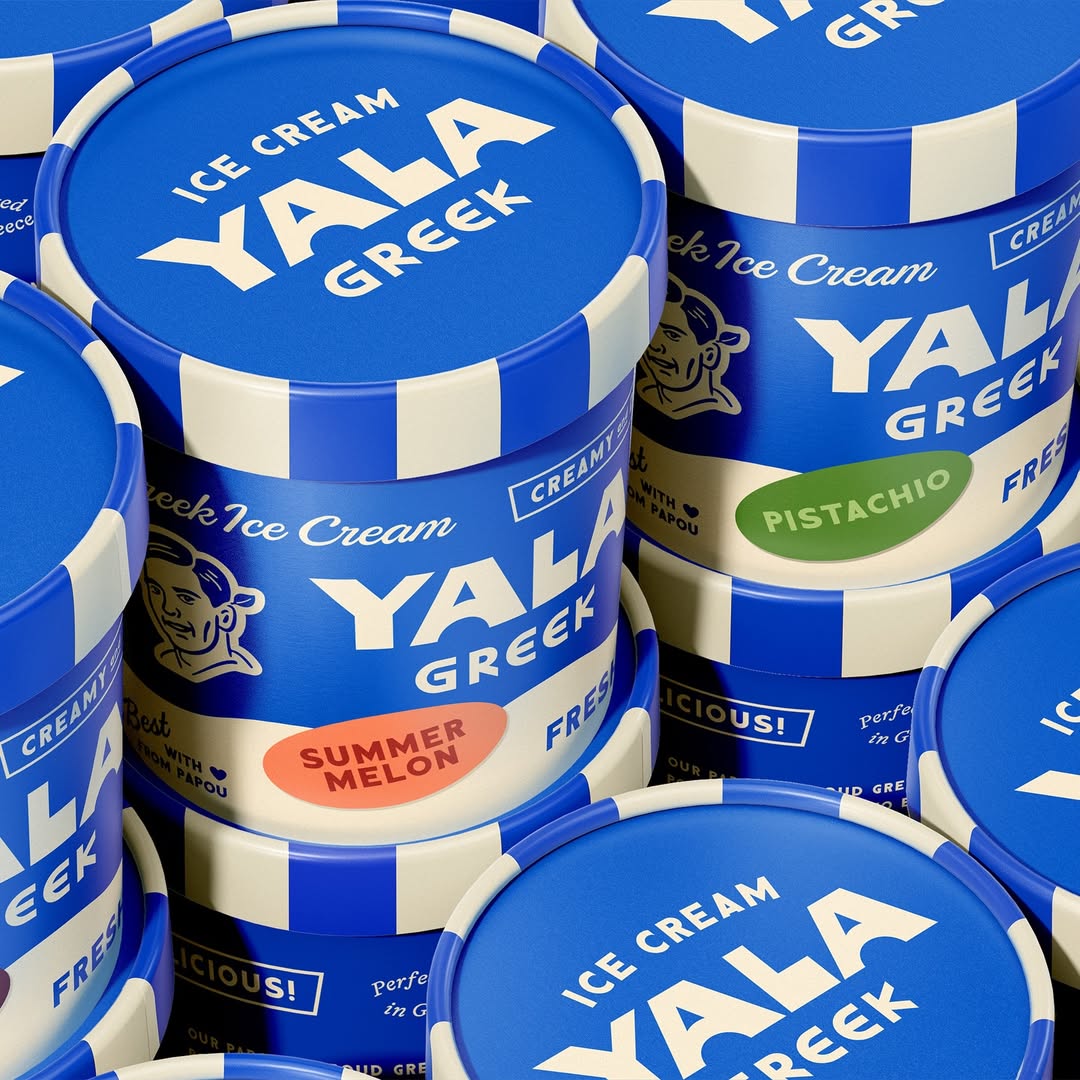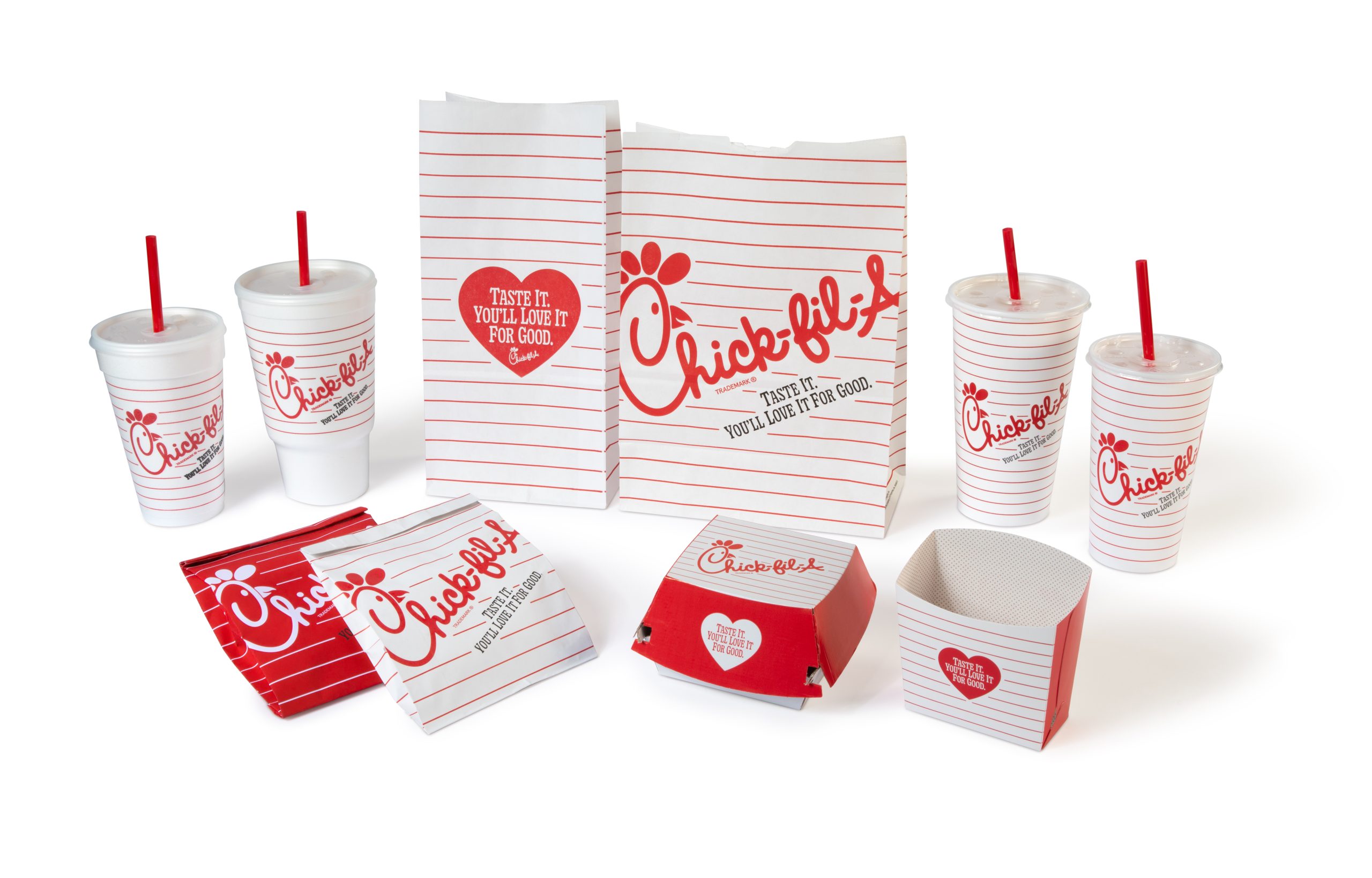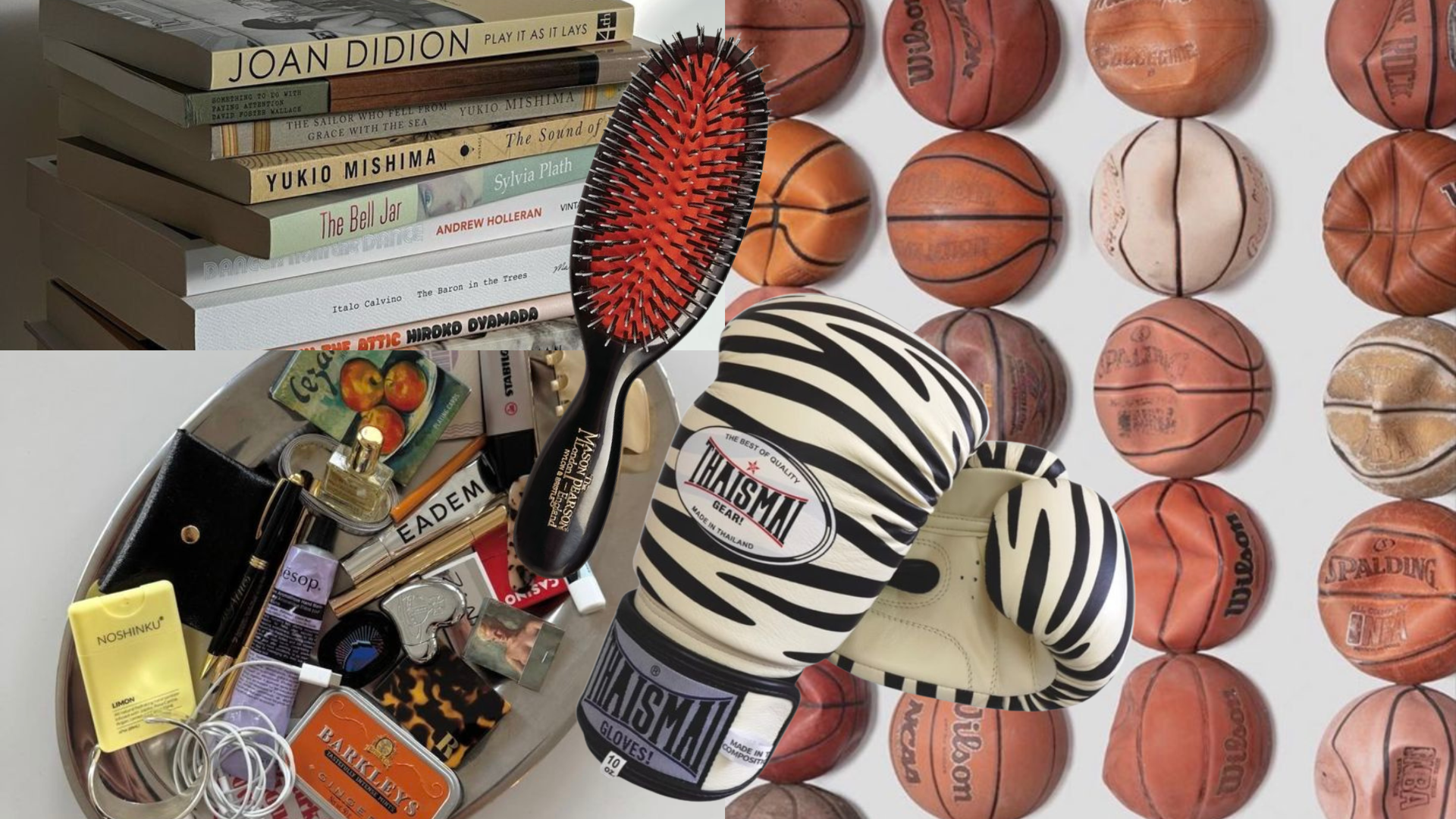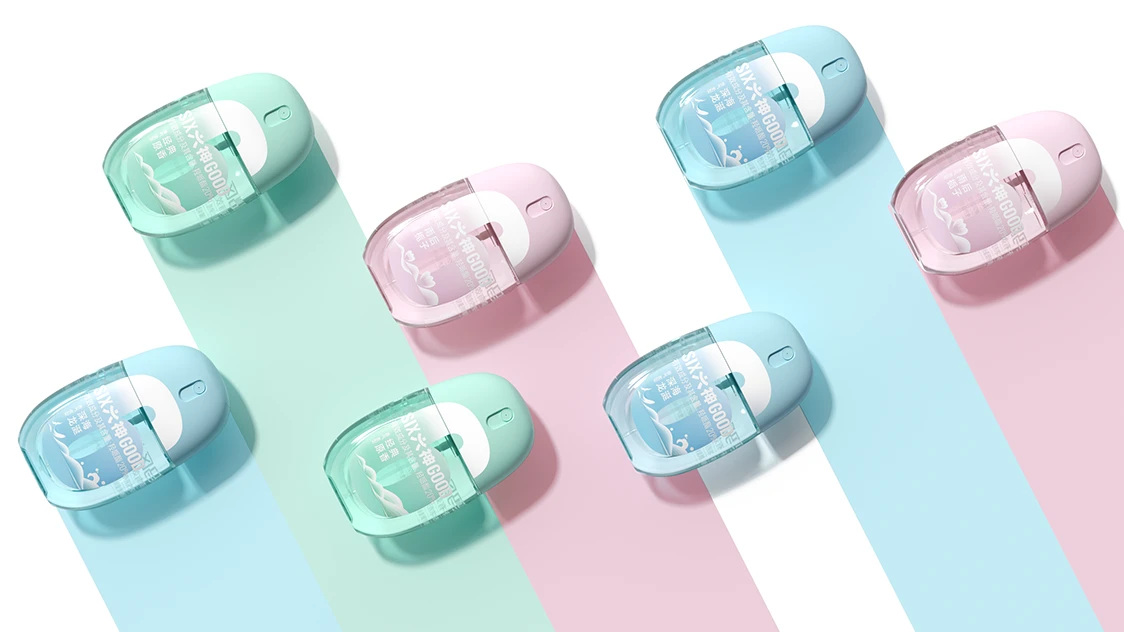Peach & Lily founder Alicia Yoon recently opened up about the long road to building a K-beauty brand, revealing how she sought out a market share by developing new, in-demand ideas and engaging with her consumer community.
It’s an inspiring story for new beauty brands seeking a road map to success. But, since Yoon grew her original line out of her pre-existing retail brand, there’s one vital step every new brand must take that her story doesn’t touch on; finding the right name.
We all know that the right name is a core piece of a brand’s foundation. A name that grabs our attention is memorable and easily found online and on shelves; it also generates more peer recommendations, racks up more hashtag mentions, and ultimately, sells more.

